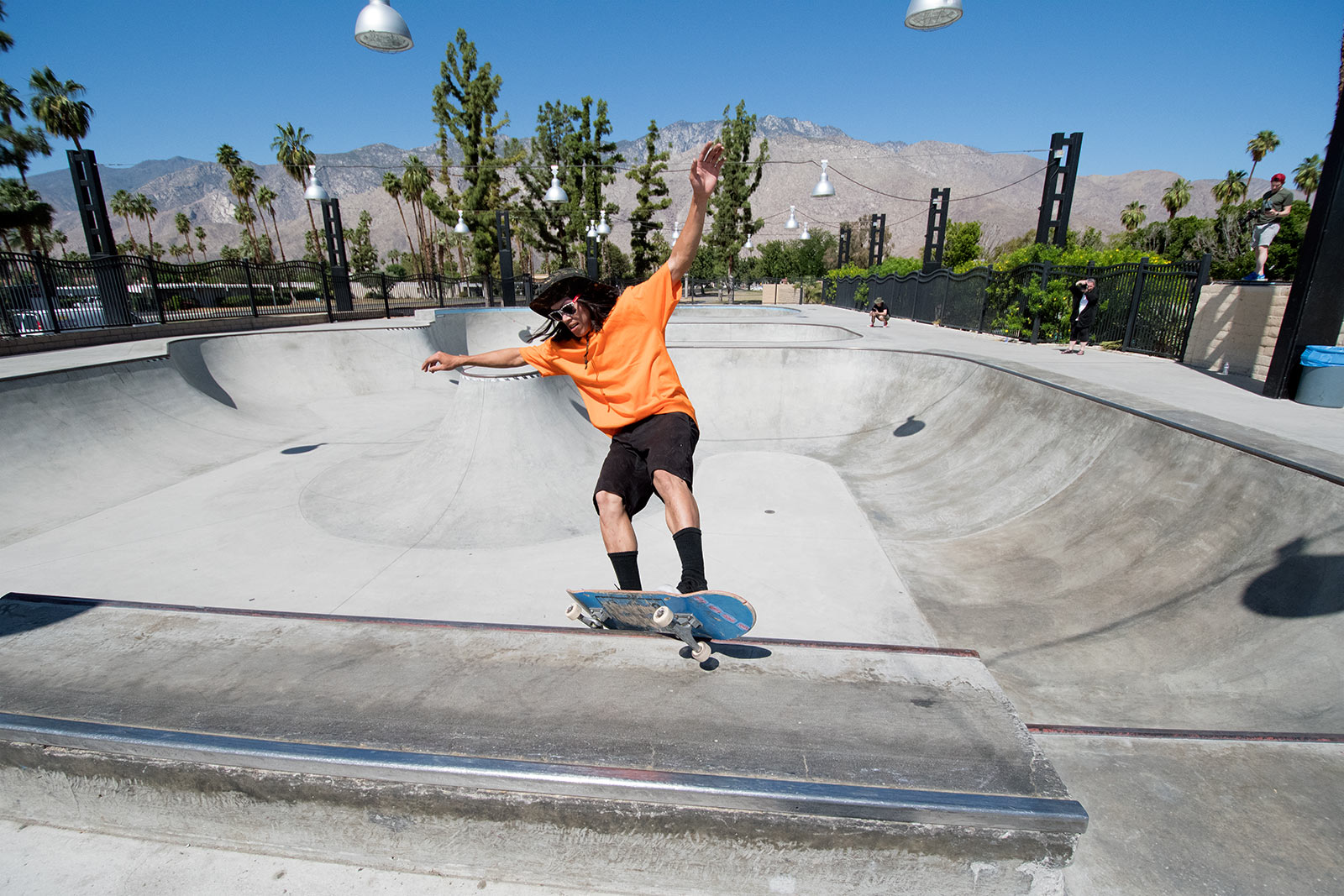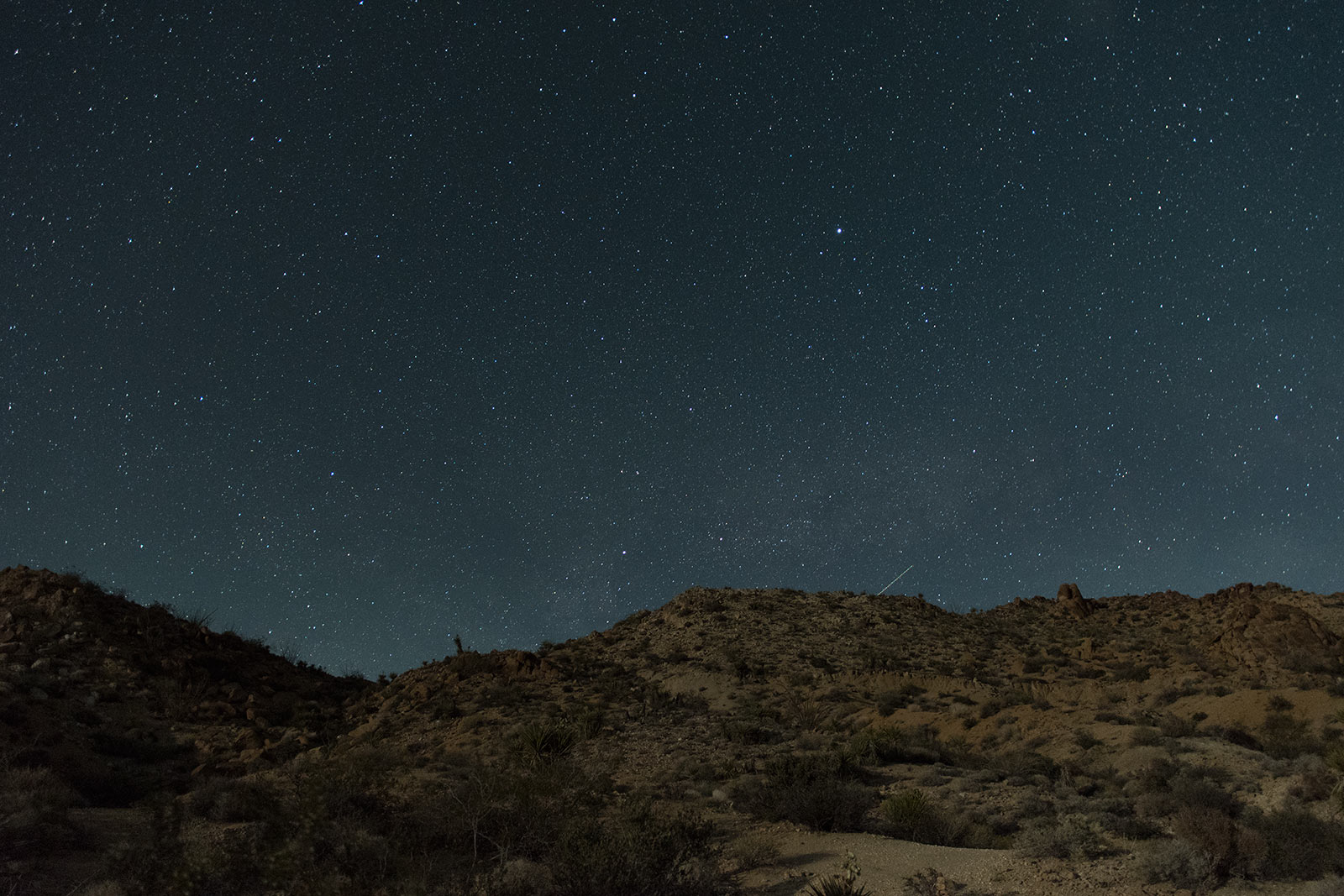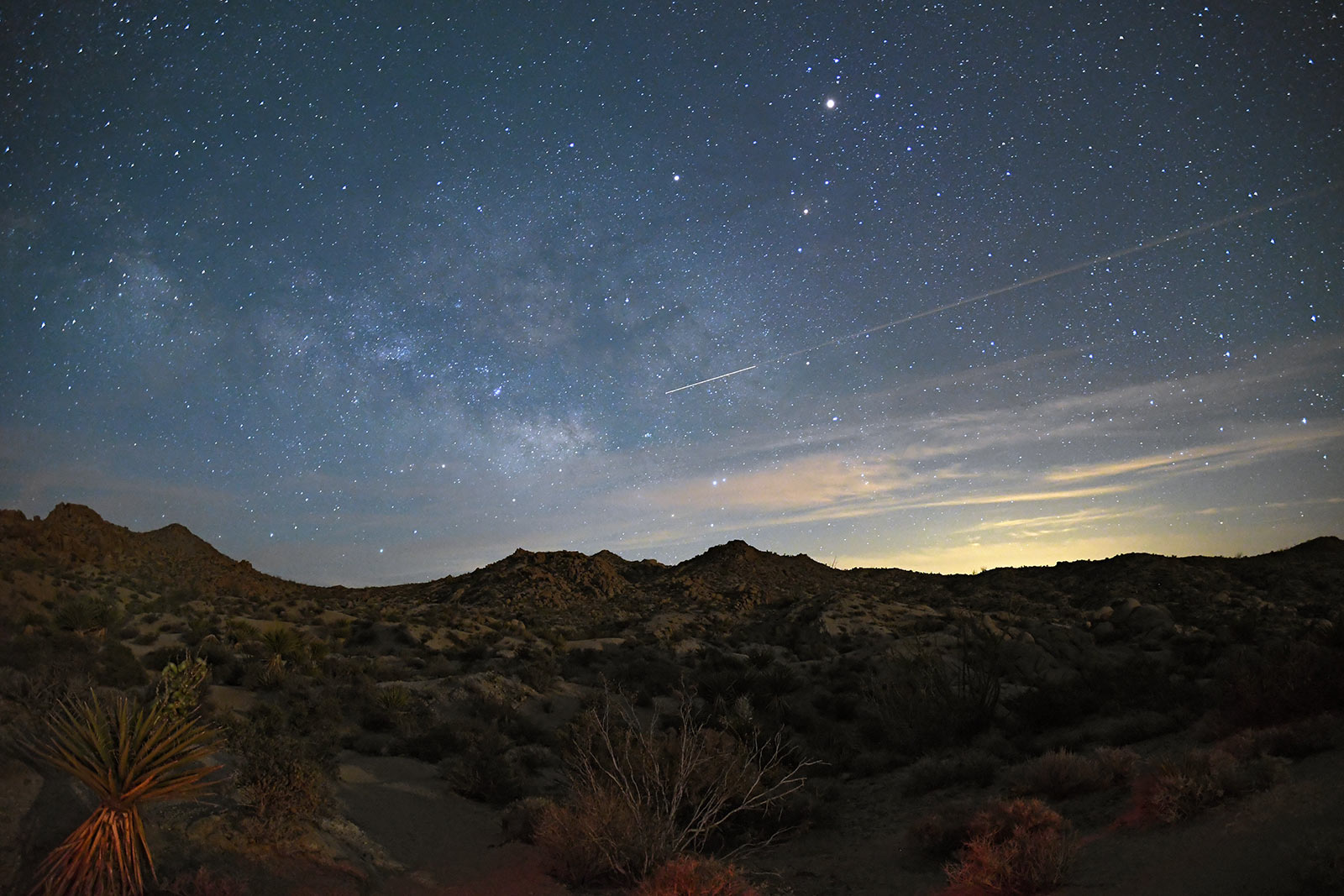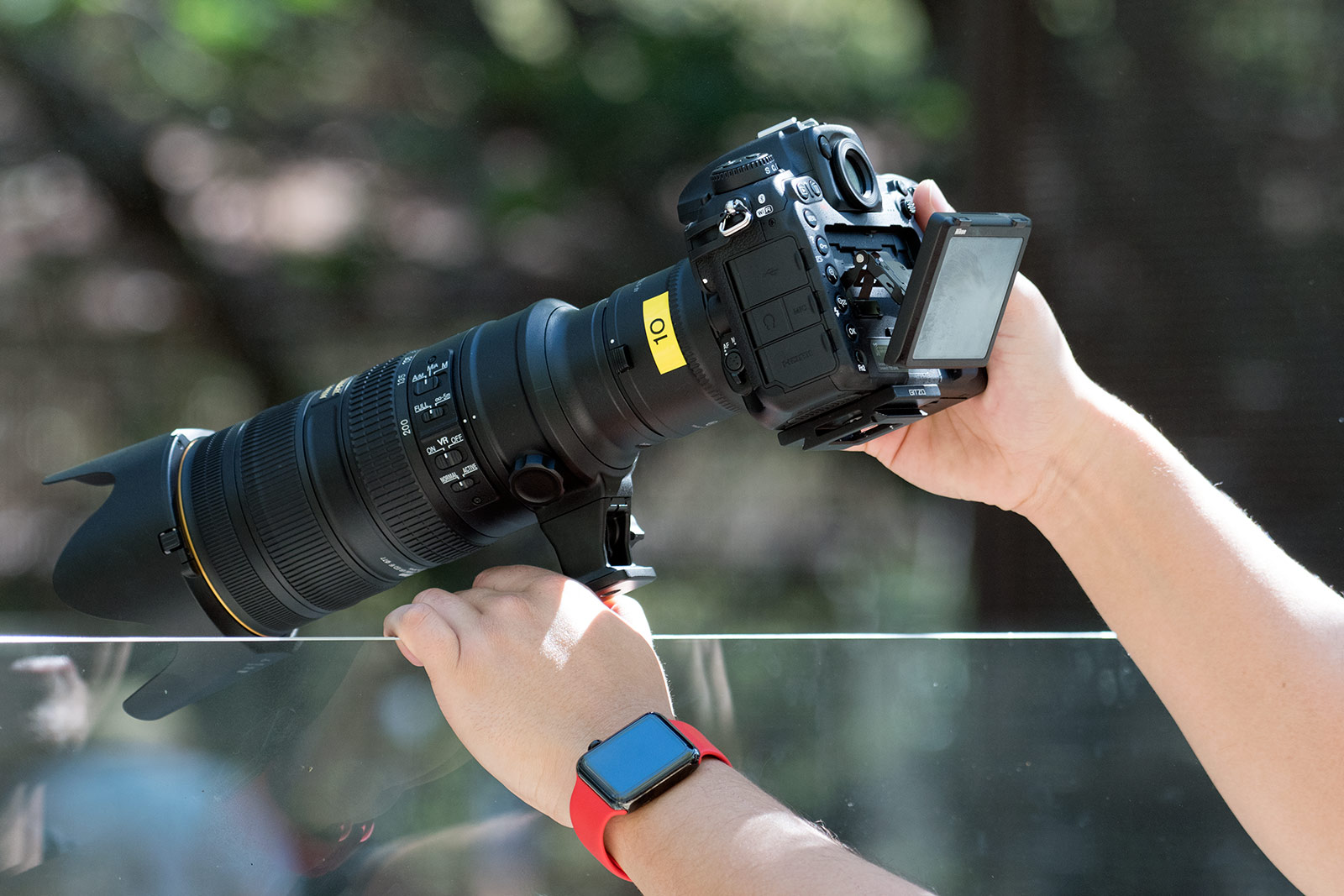Nikon’s D500 Satiates the Need for Speed
How the super fast DSLR fared when capturing skaters and the night sky in the hands of a casual photographer

Nikon released the D5 and D500 last month to great fanfare—and the latter especially appeals to photography lovers whose professions don’t warrant paying $6500 for the new flagship DSLR. The D500 is a true replacement camera for the D300 series (which dates back to 2007), and it’s all about fast-action. Inside the rugged, durable body build—on par with Nikon’s higher-end cameras (and no unneccessary built-in flash)—is their 20.9 megapixel DX format image sensor, a powerful new 153-point auto-focus system, incredible ISO quality that bestows confidence in low-light situations, and so many more features that won’t fit in this story (hence, the invention of the manual and user tips). We tested out the camera earlier this month in some challenging scenarios and the results stir up more than a few whistles.

All of the images here (save for these two product shots above) were taken on the D500 using various lenses, but mostly on Nikon’s DX 16-80mm f/2.8-4E VR lens ($1070). There’s little post-processing done on these images as well; which made my life easier. To be clear: I am not the target demographic for this camera. The nature of the camera’s top speed makes it prime for sports, action, and wildlife. Outside of those specialists, it’s geared toward photo enthusiasts, high-end lovers, or even pros who need a second body (the D5 and D500 are matched systems, so it makes a great combo). But maybe the fact that I am a casual photographer—who doesn’t own a personal camera beyond a smartphone—makes these embedded photos speak even louder. They might be the most decent set of images I’ve ever taken in my life.

The 10 frames per second in continuous high speed (D5, the full-frame bigger sensor camera can shoot at 12 to 14 FPS) was very fun to test out at the local skate park. The rapid clicks are satisfying, but the results even more so. Skateboarding in 100 degree Palm Springs weather was probably much more difficult than what I was doing, as the D500’s full-frame auto focus sensor handled the moving, at times soaring, subjects so well.

As mentioned before, there are 153 focus points, though the camera’s joystick (or LCD touchscreen) only allows you to lock onto 55 of them if you are choosing one precise point. At the skate park, I switched the D500 to AF-Continuous and played between the Dynamic Area and 3D Tracking autofocus area modes.

The camera did well under the blinding Palm Springs sun, but now for the bigger test, and personally the most exciting: night sky photography. I went to Joshua Tree for the first time, and still don’t have a full idea of what the landscape looks like, because it was pitch dark upon arrival. The moon was just starting to set, with more and more stars revealing themselves with every passing minute.
“The D500 is great for this, not only because we have built-in options like the interval timer and the time lapse movie mode, but [also] because of the incredible ISO of the sensor in this camera. We can come out here, we can pick a modest exposure of 20 seconds, we can even start as low as 1000 ISO—and we can record the horizon, which almost looks like daylight but the stars are showing up. The sensor’s very sensitive,” Nikon Senior Technical Manager, Steve Heiner, explains to me. “I’ve been doing this with all of our digital cameras way back to the very beginning. And it used to take a lot more. The thing is, if I went to 1000 ISO on an earlier camera, there would be so much noise I couldn’t distinguish the stars from the noise. Now, you truly get a dark sky and you get those bright pinpoint stars, because 1000 ISO is easily within the noise-free zone of this sensor.”
There’s the ability to apply noise reduction within the camera, not just after. More importantly, the D500’s impeccable ISO quality allows flexibility to experiment with higher ISOs; bringing those who strictly shoot at low ISOs for fear of graininess out of their stylistic rut. All part of the high-performing EXPEED 5 image processing engine (the exact same one as the D5).

I’ve got a good camera in my hands, and I’m armed with a tripod someone has lent me. For these night shots, all the settings need to be in manual for tight control; auto won’t be able to save me here. The D500’s illuminating buttons help in the low light; it’s the first not-top-of-the-line Nikon camera to get that feature. After manually focusing the lens on the brightest star (which involves zooming way in during Live View on the LCD screen), I hold my breath and wait as the D500 goes through the motions: a ten-second timer (to avoid camera shake), then a twenty second exposure. That shot is the photo above.
I take more photos at different ISOs, starting at 3200 and moving towards 1000. Each has minimal noise, and furthermore, each leaves me awestruck. “I can’t believe I took that,” is a phrase that’s kept repeating long after my return from Palm Springs. The D500 stepped up my game to a level that I didn’t even know existed to people like me; imagine what it could do in the hands of someone more familiar. It’s also an educational tool as much as it makes shooting smoother. Whether that is worth $2000 is your decision to make.

Images by Nara Shin. Check out more images shot using the Nikon D500 on Cool Hunting here and here.












